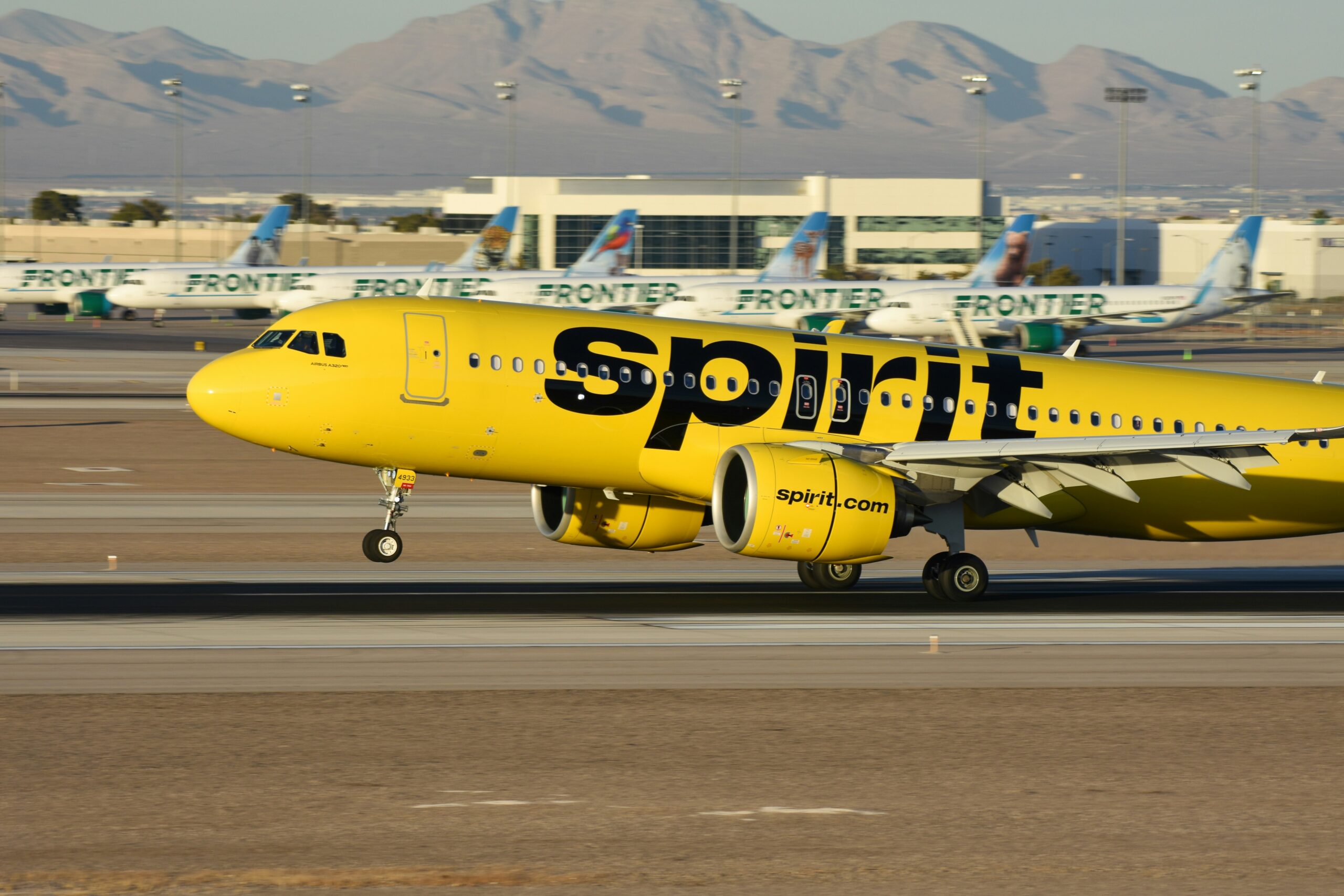Iberia Unveils $6 Billion Fleet and Global Expansion Plan
Orlando, Recife, and Fortaleza join Iberia's network as the airline unveils €6 billion strategic investment
by George Gomez
June 19, 2025
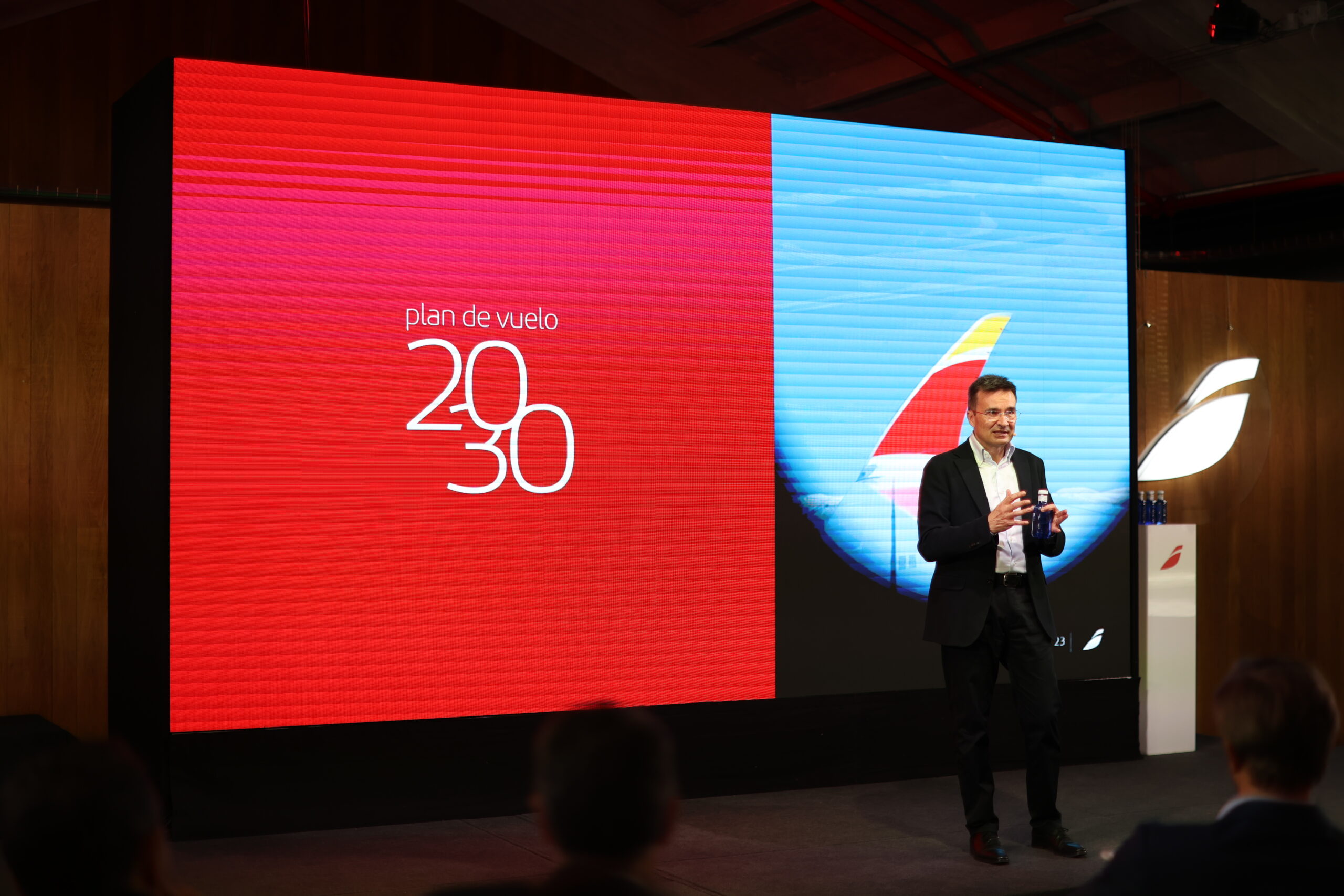
Photo: Courtesy of Iberia
Iberia is making major moves this winter season with the launch of three new long-haul routes and the unveiling of a bold new strategic roadmap that will shape the airline’s future through the end of the decade.
Iberia Lands in Orlando
Starting October 26, Iberia will inaugurate service between Madrid and Orlando, Florida, with four weekly flights operated by Airbus A330s.
Pending government approval, this marks Iberia’s first-ever route to Orlando, a destination known not just for its iconic theme parks but for its role as a hub for major international conventions.

Photo: Terminal C. Courtesy of Orlando International Airport
“We are truly pleased to announce the opening of these three new routes next winter season,” said María Jesús López Solás, Iberia’s Director of Sales, Customers, Network Development and Alliances.
She noted that Orlando’s potential for inbound and outbound leisure and business travel was a driving factor: “Thanks to our relationship with Disney Destinations, we believe Orlando can become the star destination for the upcoming Christmas season.”
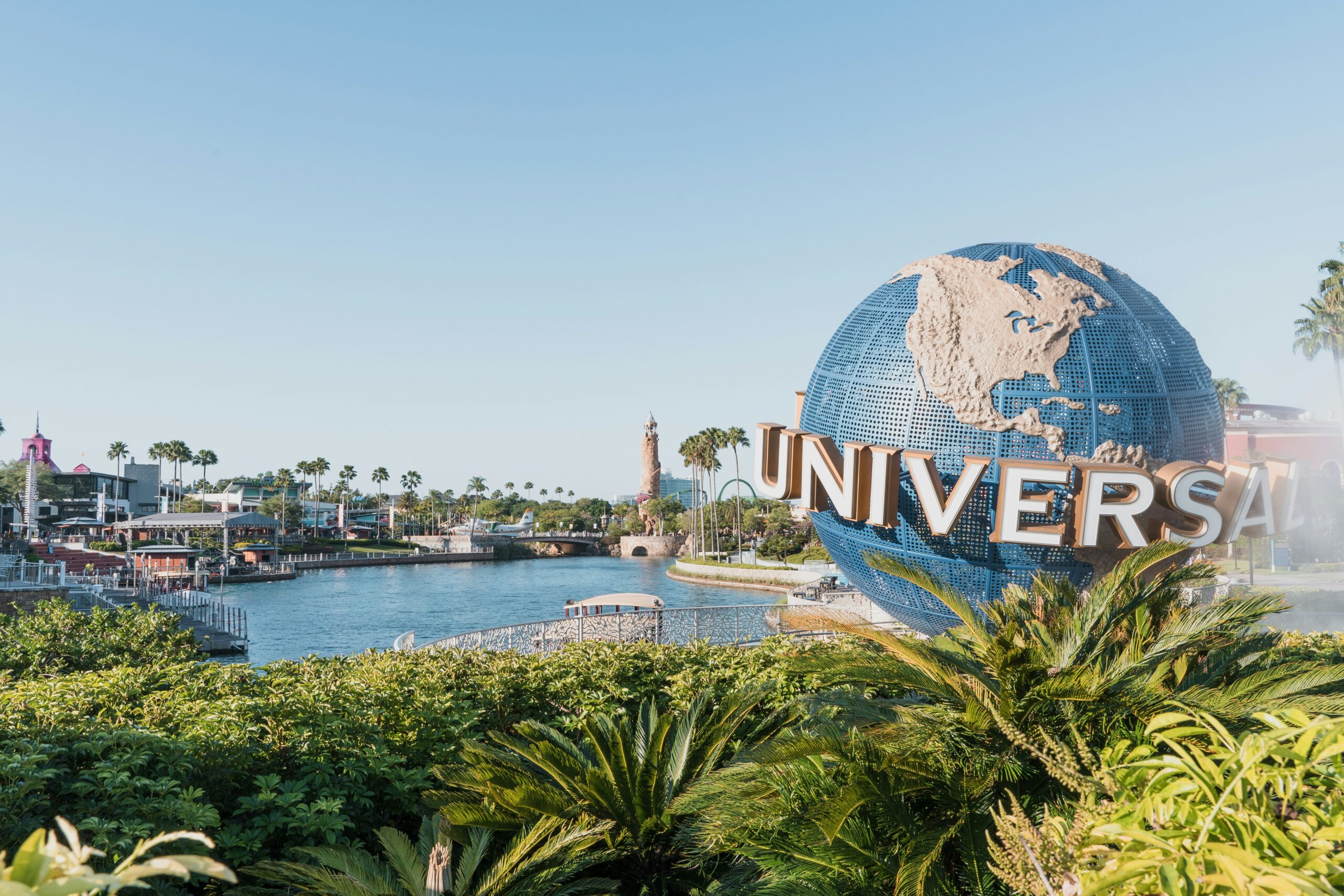
Photo: Orlando, Florida. Courtesy of Aditya Vyas / Unsplash
Kevin J. Thibault, CEO of the Greater Orlando Aviation Authority, welcomed the move, calling it a long-awaited achievement. “This partnership between Iberia and MCO has been a long time in the making and reflects our commitment to further promote global connections,” he said.
“Thanks to our capable Air Services Development team and the skilled Iberia team for helping to strengthen the cultural and economic ties between these two popular destinations.”
Brazil Beckons
Iberia’s most ambitious long-haul play this winter, however, will be in Brazil. The airline will expand beyond its current service to São Paulo and Rio de Janeiro by launching two additional routes to Brazil’s northeast—Recife and Fortaleza.
Flights to Recife will begin on December 13, 2025, with three weekly frequencies that increase to five in February.
Fortaleza will join the network on January 19, 2026, starting with three flights per week and increasing to four. Both routes will be served by Iberia’s new Airbus A321XLR aircraft, a narrow-body jet configured with 182 seats in Business and Economy and capable of flying up to 7,500 kilometers.
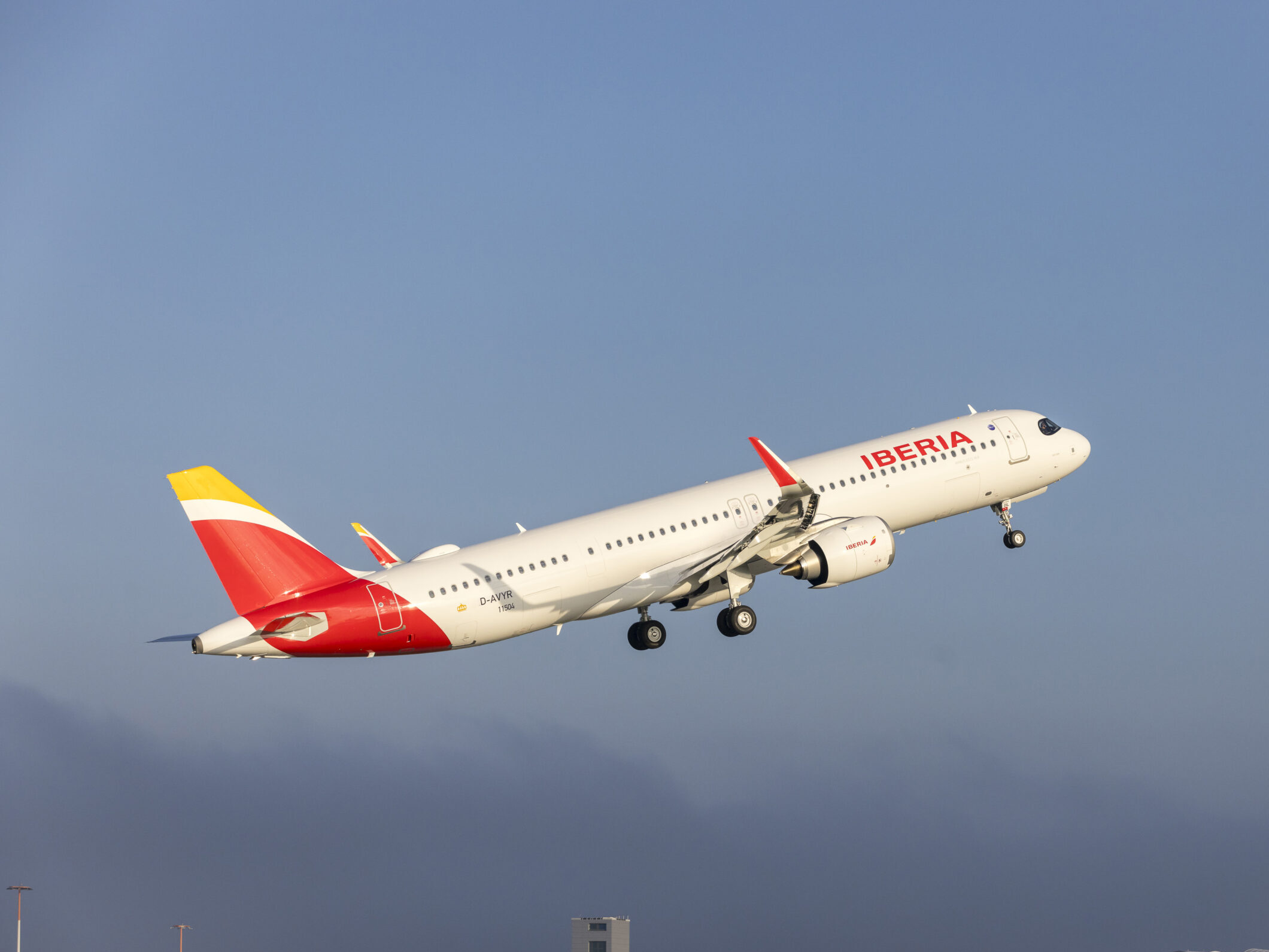
Photo: Courtesy of Iberia
“This aircraft opens up a world of opportunity,” López Solás explained. “With the addition of the new A321XLRs, we can explore new routes across the Atlantic, assess their acceptance, and gradually adapt supply to demand.”
The decision to invest in northeast Brazil reflects a growing demand from Spanish travelers. In 2024 alone, tourism from Spain to Brazil rose by 13 percent.
Marcelo Freixo, president of Embratur (Visit Brazil), praised Iberia’s expansion. “We are expanding access for Spanish tourists to the Brazilian northeast, which offers warm beaches and abundant natural beauty, as well as original cuisine and a wealth of popular culture.”

Photo: Courtesy of Iberia
Local officials echoed the enthusiasm. Acting Governor of Pernambuco Priscila Krause called the new Recife connection “a major step toward further strengthening the ties between Pernambuco and Europe.”
Meanwhile, Eduardo Loyo, president of Empetur, noted the launch followed more than a year of collaboration: “This flight is the result of the work we began in 2023 with Iberia and Embratur. Without a doubt, tourism in the Northeast will be impacted by this route.”
The January launch of direct flights to Fortaleza was also met with strong local support. Ceará Governor Elmano de Freitas called it “a milestone” for the state.
“Iberia, through its hub in Madrid, allows connections to some of the main destinations in Europe, the Middle East, and Asia, facilitating access to Fortaleza for tourists and investors.”

Photo: Fortaleza, Brazil. Courtesy of Guilherme Hilton / Unsplash
Known as the “Brazilian Venice,” Recife offers a vibrant mix of rivers, colonial architecture, and a carnival that’s among the liveliest in the country. Fortaleza, meanwhile, is a beach-lover’s paradise and home to cultural landmarks like the Fortress of Our Lady of the Assumption and the Palace of Light.
With these additions, Iberia will now serve four Brazilian cities—Rio de Janeiro, São Paulo, Recife, and Fortaleza—offering nearly 284,000 seats between Spain and Brazil during the 2025–2026 winter season.
Flight Plan 2030
As Iberia deepens its presence across the Atlantic, the airline has also unveiled its long-term vision with the launch of “Flight Plan 2030″—a strategic roadmap to guide growth, profitability, and sustainability.
The plan sets an ambitious target: achieving annual profitability margins between 13.5 percent and 15 percent, which will support a €6 billion investment strategy. Much of this will go toward growing and modernizing Iberia’s fleet.
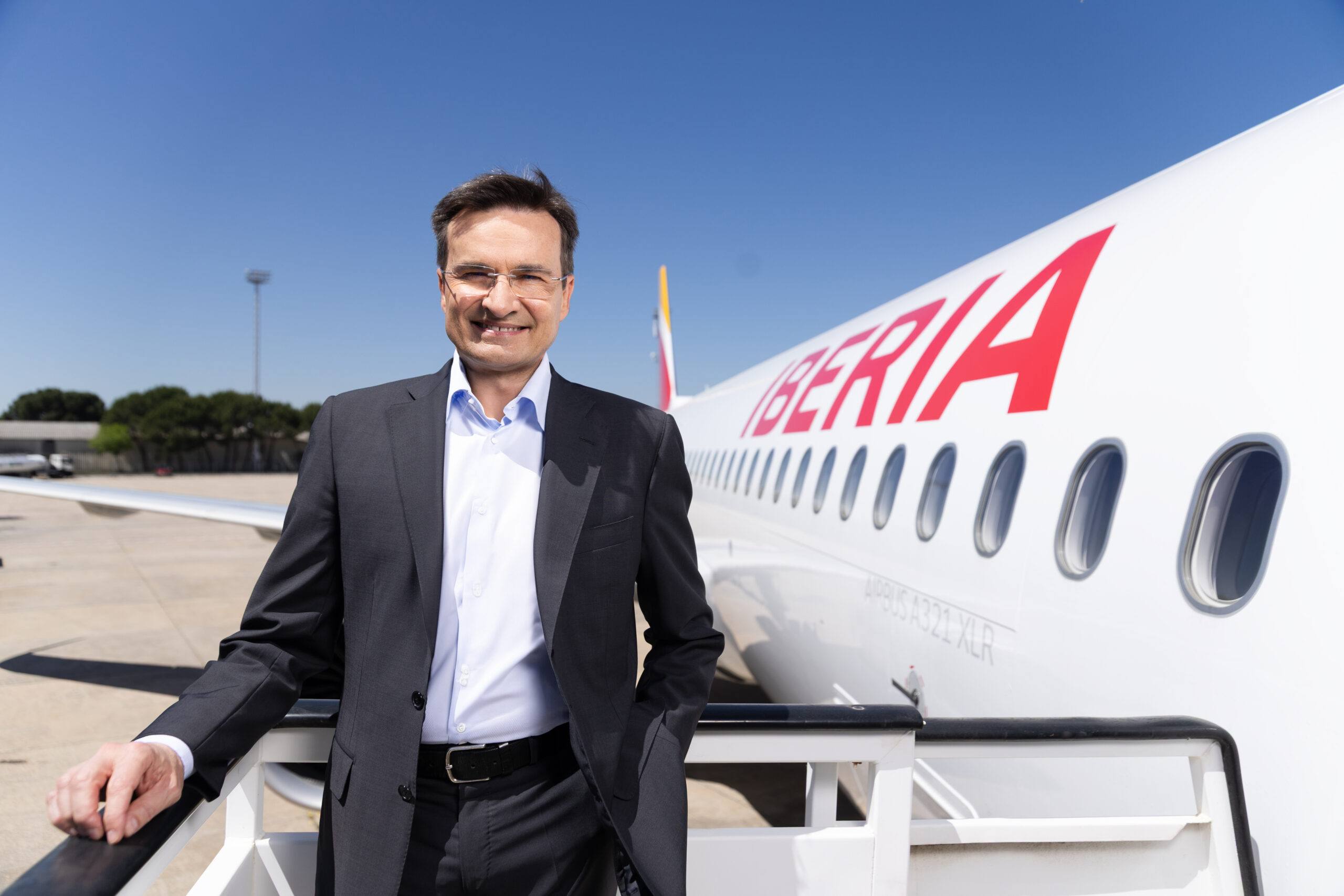
Photo: Courtesy of Iberia
“Thanks to Iberia’s profound transformation over the last decade and the efforts of all our people, we are now delivering results that allow us to look to the future with confidence,” said Iberia CEO Marco Sansavini. “We want to grow from the current 45 long-haul aircraft to 70 to position Barajas as a major European hub and enhance Spain’s global connectivity.”
As part of that goal, Iberia will expand its long-haul fleet with new Airbus A350s, A321XLRs, and possibly A330NEOs—aircraft drawn from the IAG group’s new long-term order.
On the short- and medium-haul front, Iberia will replace nearly all older-generation aircraft with new A320 and A321 NEOs, significantly reducing emissions and improving efficiency.
New Routes, Lounges, and a Digital Future
In addition to Recife, Fortaleza, and Orlando, Iberia has also confirmed new routes to Toronto, Philadelphia, and Monterrey, Mexico.
These additions are directly enabled by the planned fleet growth and represent Iberia’s continued investment in transatlantic connectivity.
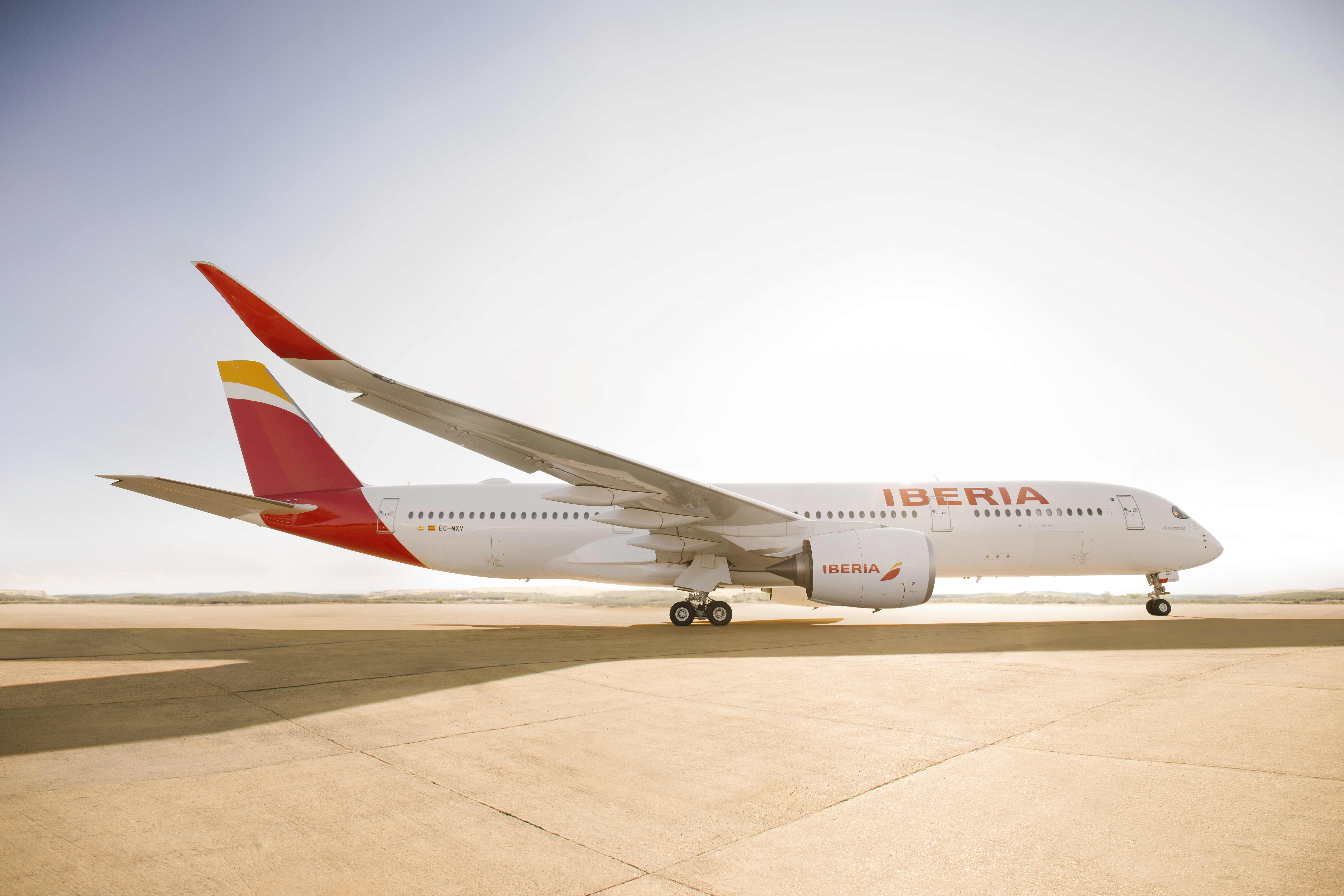
Photo: Courtesy of Iberia
Customer experience will also be at the heart of the 2030 strategy. Iberia plans to renovate all long-haul cabins with improved connectivity and comfort. Narrow-body aircraft will see expanded carry-on space with the installation of XL luggage bins.
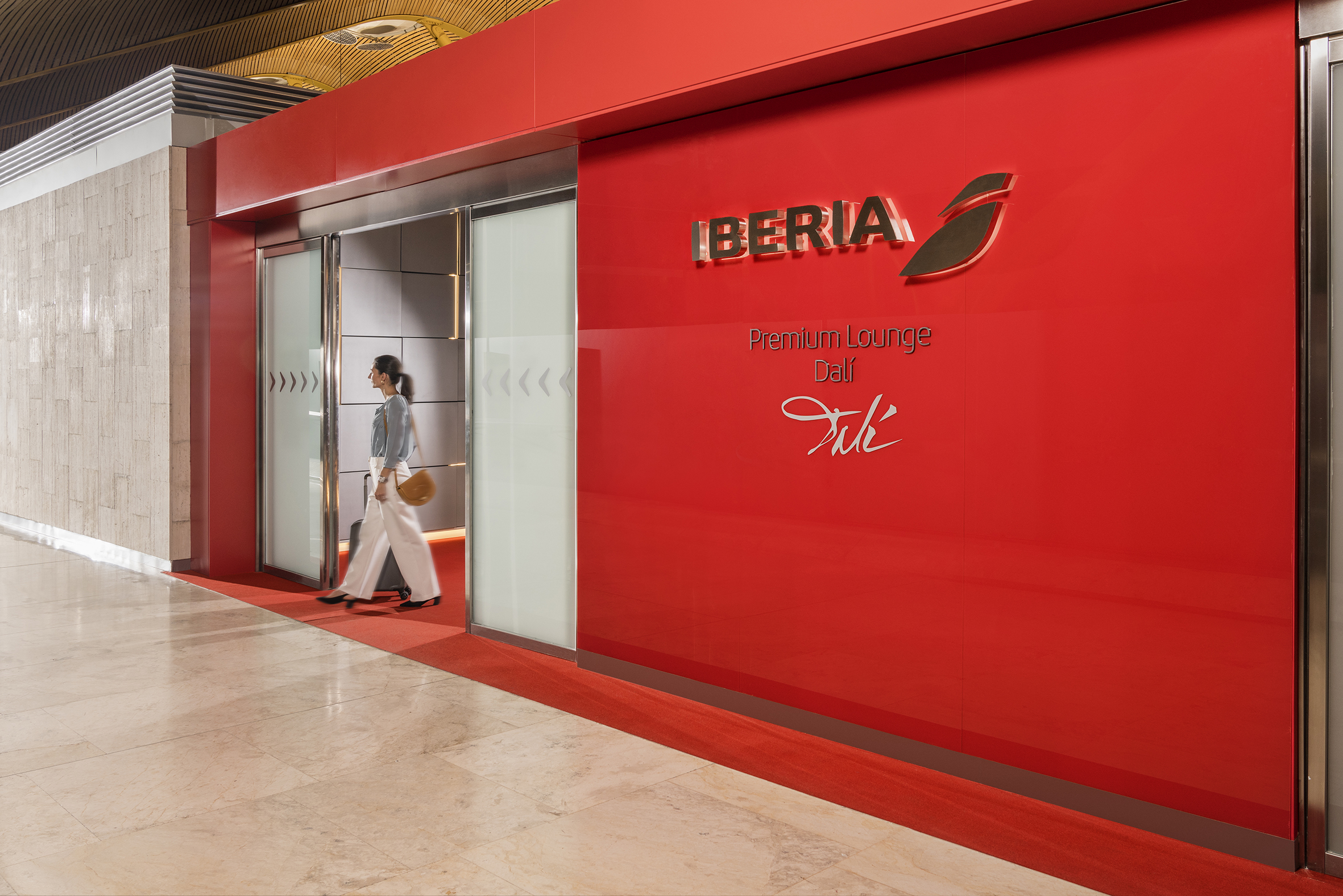
Photo: Courtesy of Iberia
A brand-new Premium Lounge is also under development at Madrid-Barajas Airport’s Terminal 4, enhancing the ground experience for premium travelers.
A New Iberia City
Flight Plan 2030 also includes a vision for a new headquarters. The airline will develop Ciudad Iberia in La Muñoza, adjacent to Madrid-Barajas Airport.
The new complex will house Iberia’s corporate offices and serve as a hub for innovation and technology. The goal: to create one of the most advanced aeronautical facilities in Europe.

Photo: Madrid, Spain. Courtesy of Alev Takil / Unsplash
Supporting this growth, Iberia expects to hire an average of 1,000 new employees per year. According to a PwC study, the airline’s annual contribution to Spain’s GDP could rise to €19 billion by 2033, supporting 250,000 jobs—up from an estimated €13.86 billion and 160,271 jobs in 2024.
To mark its upcoming centenary in 2027, Iberia will also launch the Iberia Foundation, designed to expand the airline’s social impact both in Spain and across its global network.
From new aircraft to new destinations and a bold strategic plan, Iberia is laying the groundwork for a new era—one that promises to connect Spain to the world with greater frequency, flexibility, and flair.



